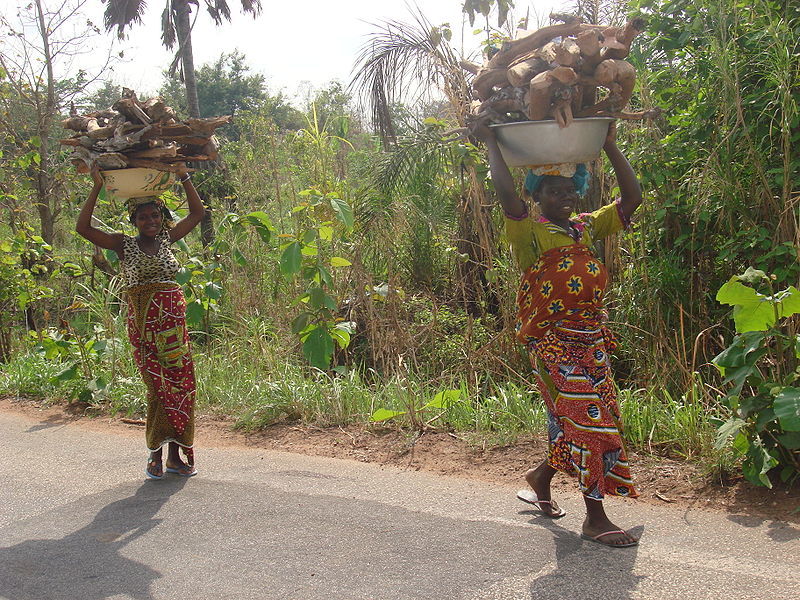
The number of children working on cocoa farms in Ivory Coast, the world's top cocoa bean producer, is rising as the demand for chocolate resulted in efforts to boost production, according to a Tulane University study financed by the U.S. Department of Labor released Thursday. About 70% of the world's cocoa is grown in West Africa, according to World Cocoa Foundation, mainly in Ivory Coast and Ghana.
The study, funded by the U.S. Department of Labor's Bureau of International Labor Affairs, found that over 2 million children in Ivory Coast and Ghana take part in hazardous work, like carrying heavy loads and using sharp tools. The number of children doing hazardous work rose by 39% in Ivory Coast alone just this past year.
For cocoa-farming families in Ivory Coast, the average earning is 50 U.S. cents a day, according to Cocoa Barometer, a group of nonprofit groups advocating for sustainability in the cocoa sector. The only practical option for many of these farming families besides hiring outside help is to employ children.
"Without specific interventions, this could lead to more child labor and child trafficking," comments Cocoa Barometer in a 2015 report.
In the 2001 Harkin-Engel protocol, leaders in the chocolate industry agreed to "work in a collaborative and transparent manner to eliminate the worst forms of child labor in cocoa growing areas" in Ivory Coast and Ghana. However, in 2010, another declaration was signed to instead reduce child labor in the two countries, according to Confectionary News, after realizing that the Protocol was not effective.
Following the release of the study, the Department of Labor (DOL) announced that a total of $12 million will be spent to reduce the number of children in the West African cocoa industry. $9 million in grants will finance two projects in Ivory Coast and Ghana's cocoa areas. One project will see to it that children receive quality education and the other project will provide opportunities for at-risk youth to develop marketable skills to acquire safe work. The other $3 million will be used to determine the project's' effectiveness at tackling child labor in those areas.
"There is an urgent need to find new ways for accelerating, scaling up and sustaining progress on child labor in cocoa. Time is not on our side. Childhoods "” and with them the opportunity for quality education and a better life "” fade with every passing season," said Secretary of Labor Thomas Perez in a statement.

















